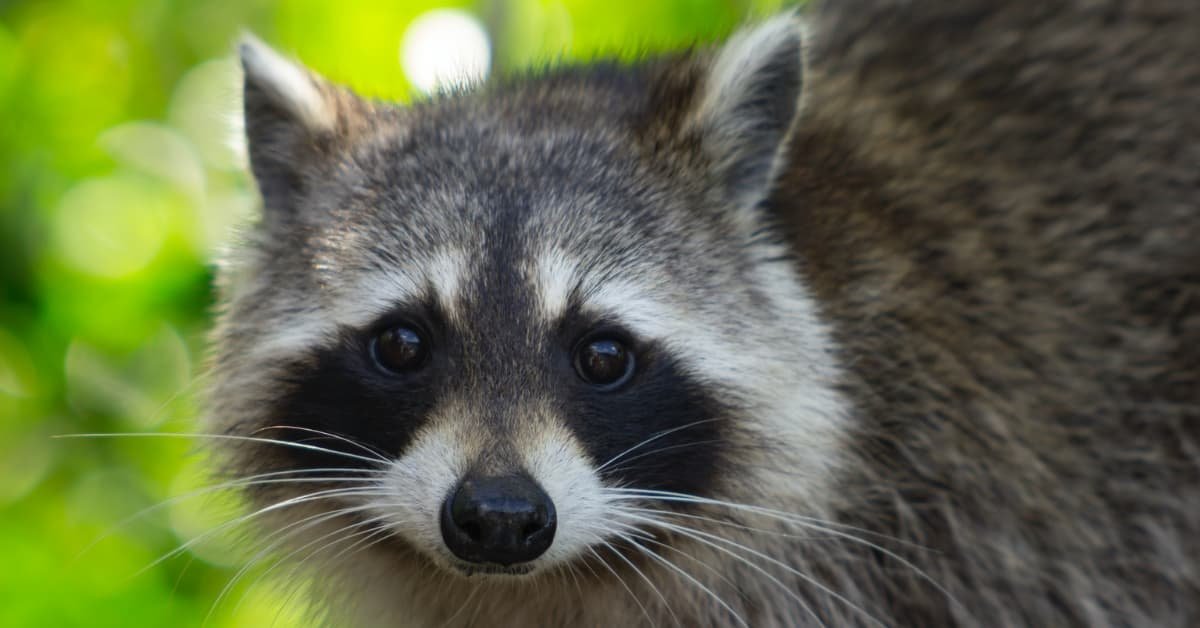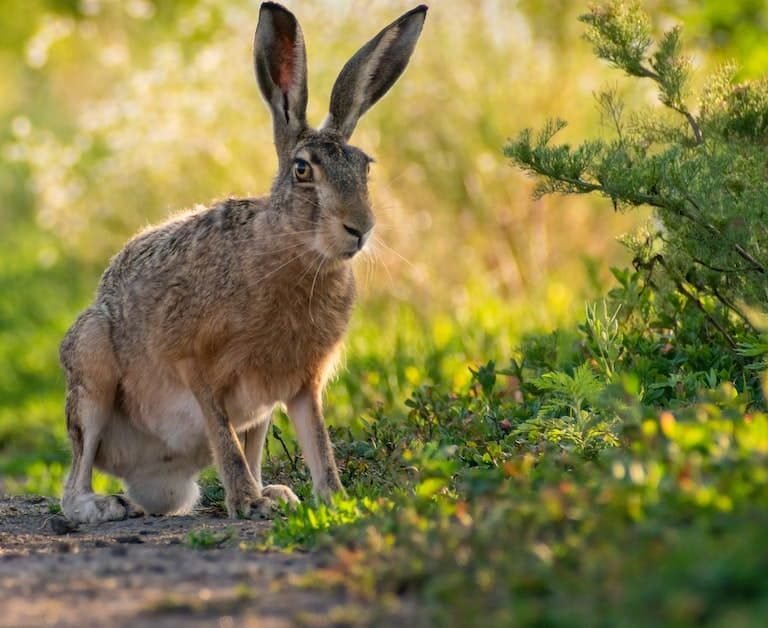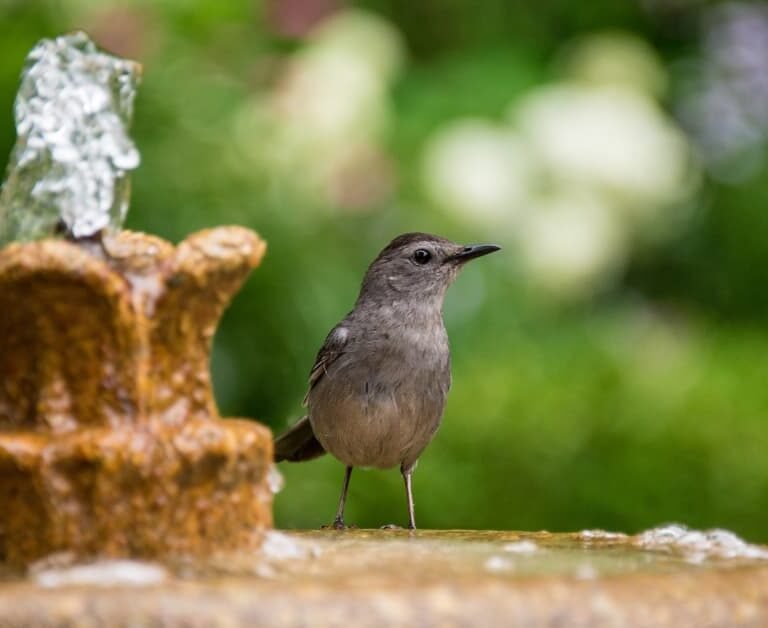
Have you wondered “Do raccoons live in trees?”
Although not exclusively, raccoons do live in trees. Due to their impressive climbing skills and need for shelter from predators.
Raccoons have great tree-climbing abilities. They use their sharp claws and powerful legs to scale trees, fences, and walls. They use trees as a lookout, shelter, and safety from predators, making them tree-dwelling species.
Short Summary
- Raccoons are adaptable creatures that can live in a variety of habitats, including natural forests and urban areas with tree cover and access to food sources.
- Although not exclusively, raccoons do live in trees due to their impressive climbing skills and need for shelter from predators. However, they need enough space available for burrowing or resting on branches comfortably.
- Living in trees offers raccoons many advantages such as protection from larger predators that cannot climb (like bears) and even serves as nesting sites during breeding seasons. However, not all types of trees provide suitable habitats for them since these mammals need enough space underground essential for both resting and giving birth if necessary.
- Due to their adaptability across diverse habitats throughout North America, raccoons demonstrate remarkable resourcefulness when it comes to finding suitable homes regardless of location.
Raccoon Habitat And Behaviors

Raccoons are nocturnal animals that can live in many environments. These areas include natural forests with streams, ponds, and marshes. As well as urban areas with tree cover and access to food sources.
Natural Habitats
Raccoons are known for their adaptability and cleverness. They thrive in a diverse range of habitats. Their favorites are forest areas close to water, such as rivers, creeks, or ponds.
Within these wooded areas, they make their home in hollow trees or burrow into logs on the forest floor. They are fond of marshy areas where they can access fish, frogs, insects, and other aquatic treats.
Plus, the presence of trees gives them a great lookout point during their nocturnal activities.
Urban Habitats
Raccoons are not limited to natural habitats, they have also adapted well to urban cities. They thrive in areas such as parks and areas that have tree coverage and a nearby water source.
Raccoons inhabit attics, crawl spaces, and other structures that provide protection from predators. In cities and towns where food is plentiful, these animals feed on dumpsters, pet food left outside, insects, rodents, fruit trees – anything they can find.
If you’re lucky enough to see a raccoon wandering around in an urban environment, remember not to approach or feed them. This may lead to dependency issues for the animals. Instead, enjoy observing from a safe distance while being careful of certain behaviors. These behaviors may include hissing or acting aggressive which can be signs of stress or territoriality.
Raccoons Live In Trees For Shelter And Safety

Raccoons use large trees for shelter and safety from predators. They are skilled climbers, able to scale tall trees easily. Trees provide raccoons with a safe place to rest, sleep, and keep their young in dens located high above the ground.
Trees also provide a source of food for raccoons as they can climb fruit-bearing trees to pick fruits like apples or berries. Additionally, raccoons may hide within the thick foliage of trees when being pursued by predators or humans.
Their adaptability has made them one of the most widespread mammals in North America. They are found everywhere but arid regions- with numbers that have even increased due to wildlife conservation efforts.
Conclusion: Raccoons Can And Do Live In Trees!
Raccoons, known for their climbing abilities, inhabit trees in both natural and urban habitats. They cannot sleep or live long-term in branches without burrowing space, but they find protection from predators in dens or tree hollows.
Living in trees also allows raccoons to better access food sources such as fruits, nuts, and insects. These tree-dwelling species demonstrate the adaptability of wildlife to changing environments and provide an opportunity for observing animal behavior.
FAQs:
Do raccoons primarily live in trees?
While raccoons are excellent climbers and may use trees as a temporary shelter, they typically do not primarily live in trees. Raccoons prefer to dwell in dens that are either natural, such as hollowed-out logs or burrows, or man-made, like abandoned buildings or attics.
Can raccoons climb all types of trees?
Raccoons can climb various types of trees including fruit trees, oak trees, and pine trees. They have sharp claws specifically adapted for climbing surfaces with a rough texture and ample grip.
Are raccoons dangerous when living in proximity to humans?
Raccoons generally avoid confrontation with humans but may become aggressive if provoked or cornered. Additionally, their feces can harbor diseases harmful to humans such as roundworms and leptospirosis so avoiding contact is recommended.
How do I prevent raccoons from using my tree as a den?
If you want to prevent raccoons from using your tree as a den, consider trimming overhanging branches away from rooftops and other places where they could access your attic space through the roofline




